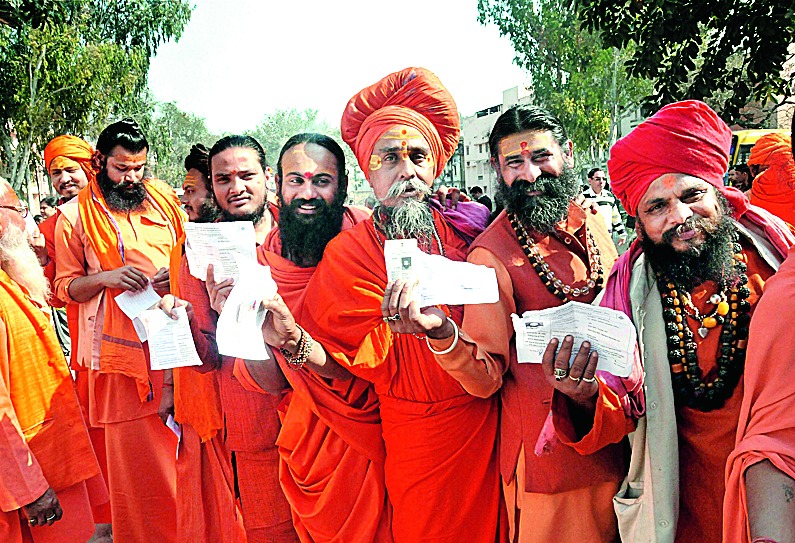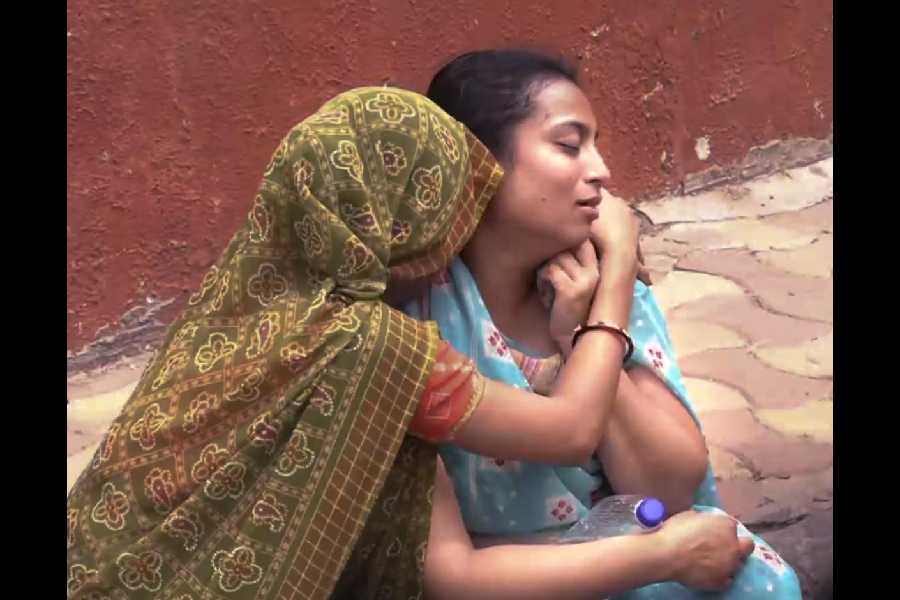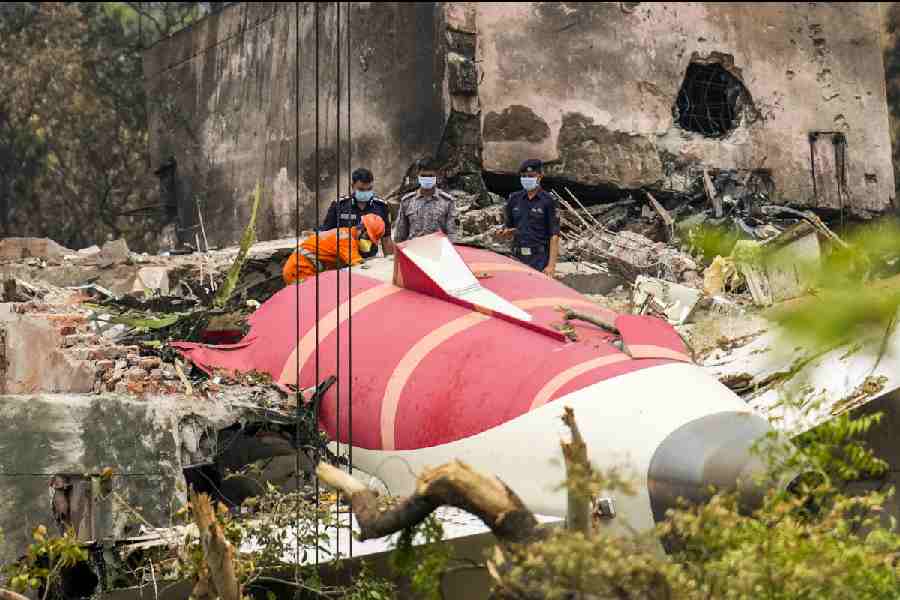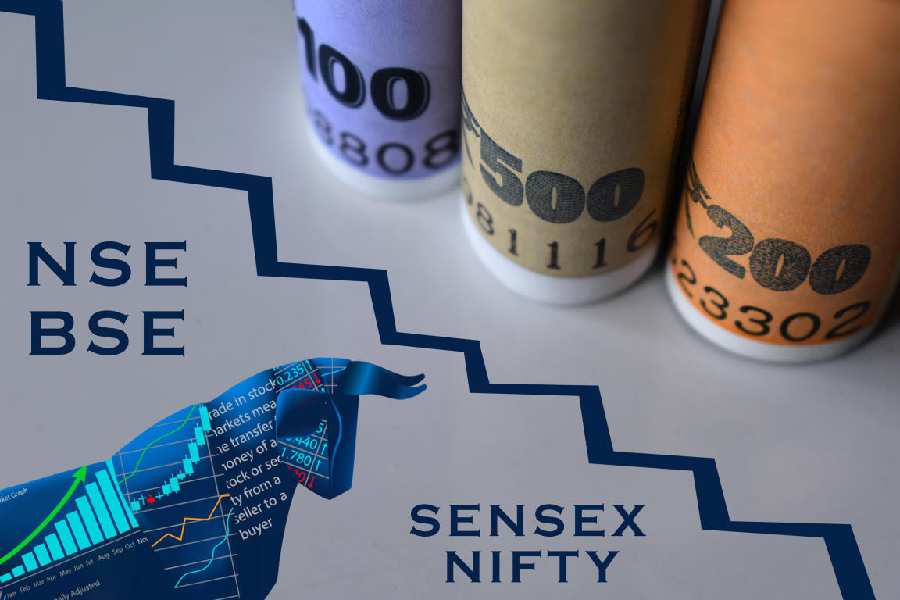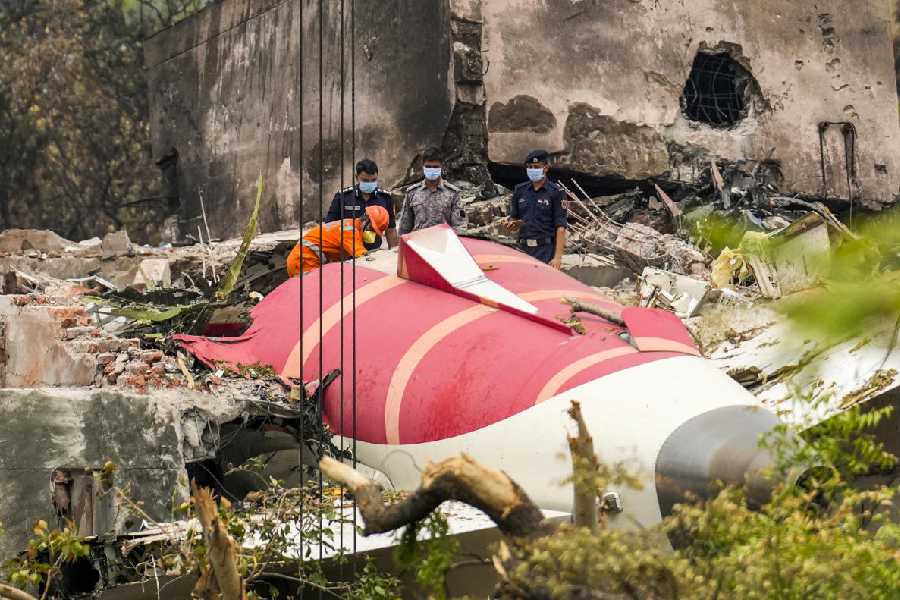
Party loyalties tend to be fickle at election time. Denied a party ticket, many an electoral aspirant blithely crosses over to the rival camp to obtain one. Failing that, they turn 'rebel' and contest the seat as an 'Independent', their energies focused on defeating the official party candidate even if their own chances of victory are remote.
Even by these lax standards of fidelity, political promiscuousness scaled new heights in the Himalayan state of Uttarakhand that voted last week. In a state with just 70 assembly constituencies, crossovers and rebellions were witnessed in 50 odd seats, with the Bharatiya Janata Party fielding Congress defectors with impunity and the Congress attempting to do the same.
At a time when Messrs Modi and Shah are hell-bent on uprooting the Congress from the nation's body politic, and Rahul Gandhi is equally vocal about rescuing India from the heady Moditva- Hindutva cocktail, the ideological agnosticism displayed by Congressmen and BJPwallahs in Uttarakhand is all the more striking.
But for the people of Uttarakhand - one of India's most hallowed regions which is also one of its youngest states - the antics of their political representatives are less surprising than saddening.
The irony is that unlike, say, in Uttar Pradesh or Bihar where political churning and instability have often been attributed to 'identity-based' caste and regional outfits, Uttarakhand has been dominated by the two national parties: Congress and BJP, both securing almost equal vote shares in all assembly elections so far.
One key reason is the peculiar demographics of the erstwhile 'hill districts' of Uttar Pradesh which were carved out as late as November 2000 to form the new state of Uttarakhand. It is possibly the only state in India where upper castes dominate and backward castes are practically non-existent. While exact figures remain unknown in the absence of caste enumeration since the 1931 census, Brahmins are believed to account for 22-25 per cent and Rajputs around 35 per cent of the state's 1.1 crore population. Dalits form another 20 odd per cent.
Traditional rivalries between Brahmins and Rajputs, and between the two sub-regions of Garhwal and Kumaon, have never acquired the bitter divisiveness of the 'plains'. In fact, despite Uttarakhand being part of UP for so long, the major political forces in the parent state - the Samajwadi Party and the Bahujan Samaj Party - have failed to make an impact in the hills. Both the parties have made forays in the terai (the lowlands between the plains and the foothills of the Himalayas), but not gone up much further.
While caste inequality is not exactly absent in the hills, the stark disparities and abject poverty and squalor that mark rural life in the Indo-Gangetic plain are largely missing in the hamlets nestled in the valleys and slopes of the Himalayas. The terrain makes life hard for everyone. With much of the hills under forest cover, agriculture is a hardscrabble occupation, with small landholdings and subsistence cultivation the norm - regardless of whether the landholder is Brahmin, Rajput or Dalit.
If caste-based parties have not grown in Uttarakhand, neither have regional outfits - possibly because the people from this area, despite its remoteness, have had inextricable links with the rest of the country. Kumaon, colonized early by the British, became a centre of the national movement for Independence, while Garhwal since long has attracted pilgrims from all over India to its famous char dhams - Gangotri, Yamunotri, Kedarnath and Badrinath.
The hard life in the hills with no industry to speak of and agriculture offering little remuneration also meant massive migration to the plains. Despite their relatively small numbers, Uttarakhandis or 'paharis' as they are known rose to high positions in national politics, civil services, in the fields of education, literature and the arts. The less educated joined the ranks of the unorganized working class in Kanpur, Lucknow, Delhi and beyond. And right from the time the British recruited huge numbers of hill folk to fight their wars overseas and set up the Kumaon and the Garhwal regiments, the army has been omnipresent in the lives of the people here: ex-servicemen lounging around as women do all the heavy work is as ubiquitous a feature of rural Uttarakhand as the pine forests and the towering peaks of Trishul and Nanda Devi.
Given its rich natural resources coupled with a fairly educated populace, the formation of a separate state had evoked great hopes of new prosperity and an ecologically sensitive hills-specific development paradigm that had been denied to this region when it was part of the gigantic state of UP. Even though men from Kumaon and Garhwal had commanded UP from time to time - Govind Ballabh Pant, Hemvati Nandan Bahuguna, Narain Dutt Tiwari - the hills remained a forlorn, neglected outpost in the self-perception of its people.
Nearly 17 years later, those hopes remain far from fulfilled. Uttarakhand, certainly, is much better off than parent Uttar Pradesh. It has higher literacy, a better sex ratio, and better overall human development indices than UP or even the national average. A number of new industrial zones have also come up since it became a state - but almost all of them in the terai districts of Dehradun, Haridwar and Udham Singh Nagar. This lop-sided development with the hills getting far less than the quasi-plains (except in terms of new roads and ugly new buildings spurred on by an active politician-contractor-builder lobby) has made many Uttarakhandis envious of neighbouring Himachal Pradesh, which has a far more robust agricultural economy wrought from a similar terrain.
And the primary reason for this, Uttarakhand's denizens will tell you, is Himachal's stable governments and early visionary leadership. Although little known today, Y.S. Parmar must count among the great nation-builders of post-Independence India. A Congressman of the old school, he was at the forefront of demanding the separate entity of Himachal Pradesh. Himachal became first a 'Part C' state, then a Union territory and, finally, a full-fledged state in 1971 - and Parmar was at the helm for a period of 17 years in all. Under his leadership, Himachal adopted a horticulture-based development strategy that successive governments improved upon. Even after his term ended in 1977, Himachal Pradesh has largely had stable governments and only five chief ministers in over 40 years: Y.S. Parmar, Ram Lal, Virbhadra Singh (all Congress), Shanta Kumar and Prem Kumar Dhumal (both BJP).
Contrast this with Uttarakhand, which has seen a series of unstable governments and seven chief ministers (BJP: 4, Congress: 3) in less than 17 years: no one barring N.D. Tiwari completed a full term.
The formation of Uttarakhand in a post-reforms India and the sudden influx of large funds in a region long used to austerity may be another reason why the state's politicians have let greed for power and pelf override any deeper commitment to people's welfare - blurring distinctions between ideologies and fuelling infighting within both parties.
In this month's election, banking on Modi magic, the BJP did not offer a chief ministerial candidate. Congress's Harish Rawat is the biggest home-grown leader in the fray but he lacks the magnanimity to take everyone along. Uttarakhand still awaits a dedicated and far-sighted leadership that can harness its many riches. The March 11 verdict, sadly, is unlikely to deliver it.

